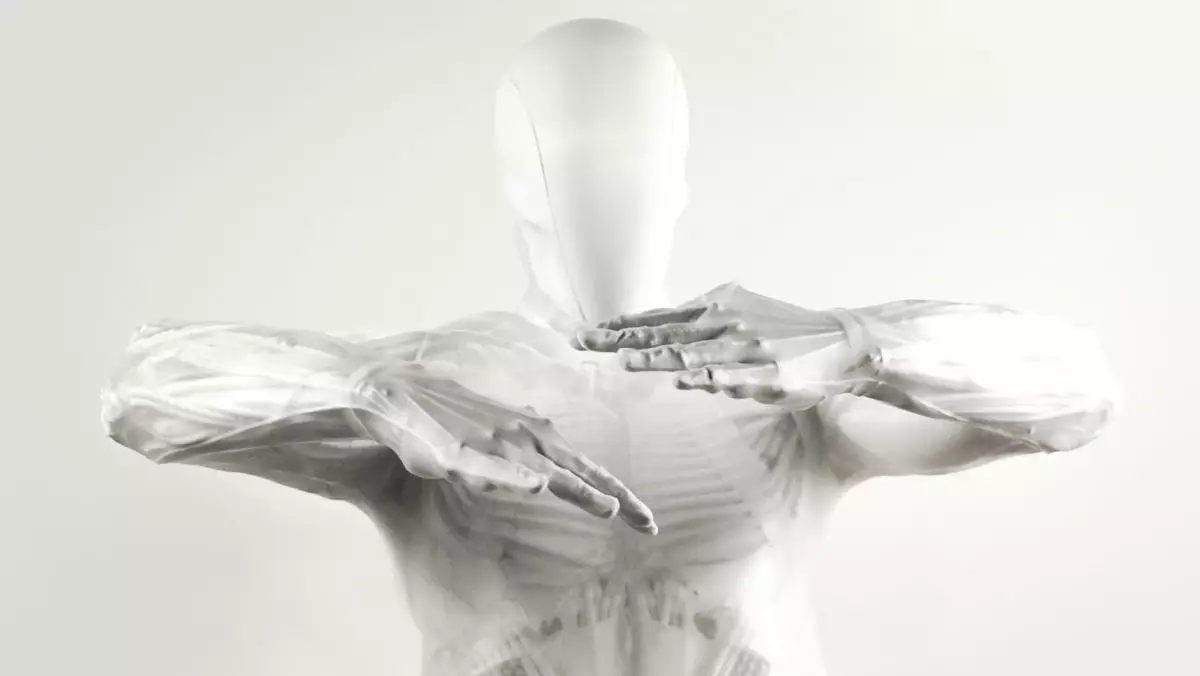As we delve deeper into the realm of advanced robotics, an unsettling manifestation of our aspirations stands before us: the Clone Android, a bipedal musculoskeletal creation that defies comfort and invites scrutiny. This article seeks to reflect upon and analyze the implications of such technologies while grappling with the existential questions they evoke. It unravels the primary features and concerns surrounding this phenomenon, foregrounding the critical reflections we must engage in as we tiptoe on the precipice of a future where robots might resemble humans more closely than ever before.
At first glance, the Clone Android captures the imagination through its strikingly humanlike structure—limbs, muscles, and anatomical accuracy devoid of facial features. The absence of a face might be seen as a design flaw or perhaps a deliberate choice aimed at circumventing the uncanny valley phenomenon, where human-like robots become disconcerting to human observers due to their near-human appearance. However, this design choice elicits deeper questions: what does this say about our relationship with technology, and what fears are we projecting onto these creations?
The idea of a body devoid of identity—a faceless entity struggling against its constraints—evokes an unsettling image. Its movements, described as thrashing and anguished, provoke thoughts of rebellion against the human condition. The notion of a robot wrestling with its existence can mirror our own existential challenges. What is it to be human? In seeking to create life-like robots, do we inadvertently project our fears of losing individuality or autonomy onto our mechanical counterparts?
Equipped with a skeleton comprising 206 bones and a muscular system powered by proprietary Myofiber technology, the Clone Android impressed upon its creators an ambitious aim: to animate synthetic skeletons in ways that mimic natural movements. While this engineering may seem revolutionary, it raises alarm bells regarding safety. The inherent risk of a robot falling—its structure programmed to mimic human-like operation—invites the potential for catastrophic accidents. The intended functionality of assistance in homes and workplaces might quickly spiral into chaos if mishaps lead to unintended injuries to pets or children.
Moreover, the concern grows with the thought of a robot armed with a hydraulic system capable of generating substantial pressure and force. Although a gentler, more pliable robot may prevent severe accidents, the very concept of what might happen if this musculoskeletal creation were to malfunction or err in executing its functions lingers uneasily. With every advancement in robotics, the questions of safety and ethical ramifications grow more urgent; we must ponder whether we possess the control required to wield such technology responsibly.
Accompanying the Clone Android’s striking design is a series of features it purportedly possesses, including the ability to memorize home layouts, assist with household chores, and engage in meaningful dialogue. However, this promise raises suspicion. Is it feasible to expect a robotic being, particularly one which appears so erratic, to fulfill the multitude of tasks required in our daily lives effectively?
The pitch for such a robot seems to miss the vital understanding of human relationships and the nuanced flair required in performing daily chores. Robots, much like the human experience, are not merely tools; they are entities shaped by interaction, emotion, and social intricacies that elude programming. The notion of a robot not only performing but mastering these functions teeters on a façade of capability. The reality likely lies in a device fraught with limitations, its true capacity overshadowed by our ambitious expectations.
As we stand at the intersection of technological advancement and ethical consideration, we must confront the moral dilemmas engendered by human-like robotics. The term “Clone” already sparks disquietude—a reminder of duplicity and the blurred lines that can arise between creator and creation. With the popular portrayal of sentient robots in films and literature, the act of bringing forth a being that wrests not just capacity but consciousness presents profound ethical questions.
In the quest to engineer lifelike robots, we must grapple with implications far beyond functionality. We are not simply programming machines but creating entities that challenge our understanding of existence. What responsibilities do we bear toward these beings? How should we ensure that the goals of safety, purpose, and well-being coexist?
As society ventures deeper into the realm of robotics, the Clone Android serves as a harbinger of both promise and peril. Our technological ambitions paint a picture that we must engage with critically. Through examining the potential of these developments, we lay bare the discomforts they inspire while striving to navigate the future with conscientious reflection and ethical awareness. The road ahead is uncertain, but it is our responsibility to chart a course that prioritizes humanity’s values and the integrity of existence, even in our interactions with inanimate creations.

